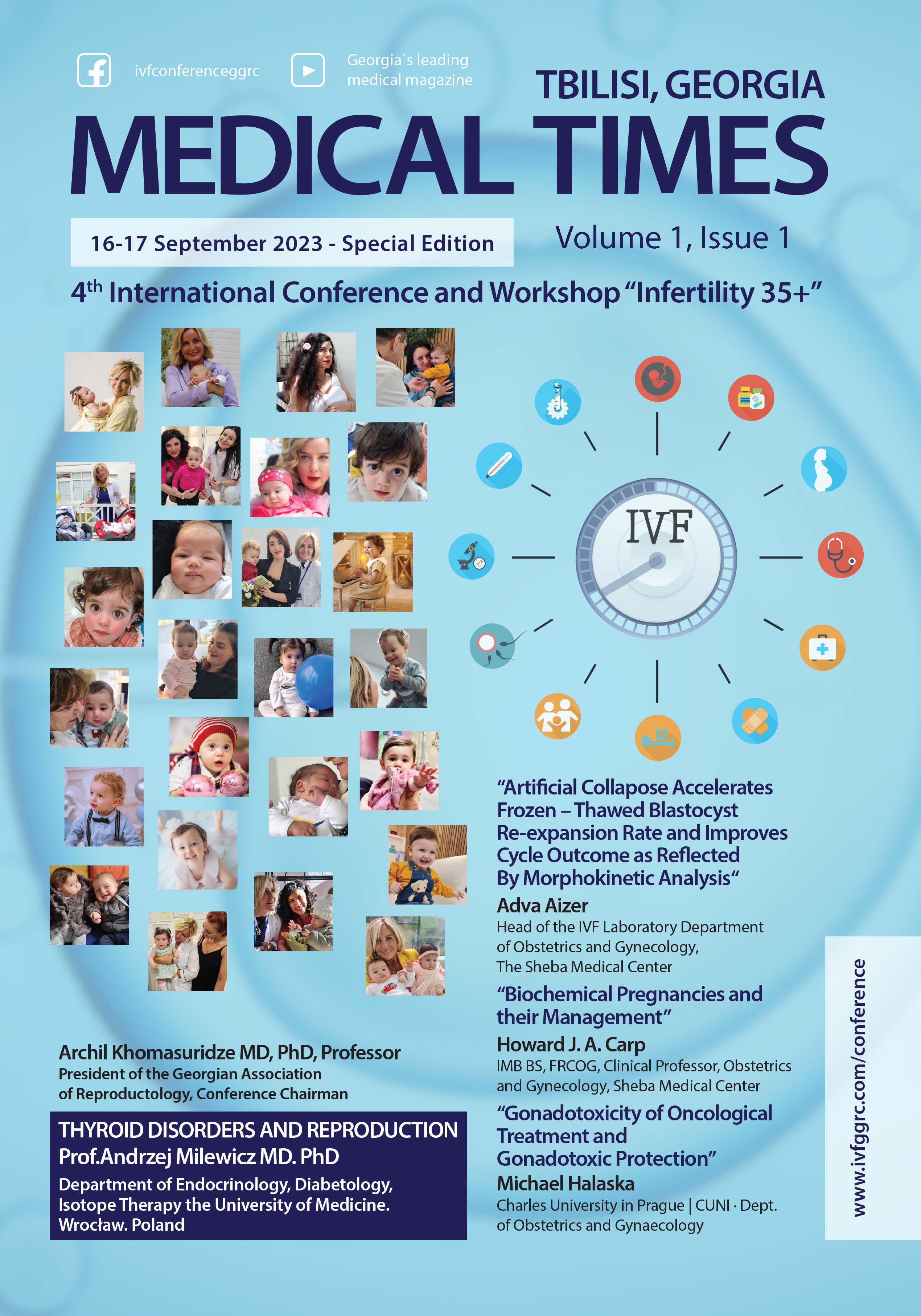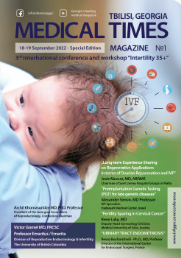Reproductive Potential and Ploidy Comparison of 5, 6, and 7-Day Blastocysts: An Analysis of Implantation, Clinical Pregnancy and Live Birth Rates
DOI:
https://doi.org/10.71419/mtggrc.2023.9Keywords:
Day 7 blastocyst, slow-growing blastocyst, delayed embryo development, live birth rate, euploidy, aneuploidy, clinical pregnancy rateAbstract
Extended culture to the blastocyst stage has become a widely adopted practice in assisted reproductive technologies (ARTs), offering significant improvements in embryo selection and supporting single embryo transfer. Conventionally, the selection of viable blastocysts occurs on Days 5 and 6 of embryo culture, with embryos deemed unsuitable for transfer, biopsy, or cryopreservation after Day 6 being routinely discarded. However, a subset of embryos exhibits slower development, reaching the blastocyst stage on Day 7. Remarkably, Day 7 blastocysts possess the potential for viability, as they can attain top morphological grades, display euploidy, and ultimately lead to healthy live births. Unfortunately, the prevailing practice in most clinics involves terminating culture on Day 6, which may result in prematurely discarding viable Day 7 blastocysts. While Day 7 blastocysts constitute only 5% of the total viable blastocysts, those that meet the criteria for cryopreservation or biopsy hold significant clinical value. Culturing embryos for an additional day extends the window of opportunity, allowing for identifying more usable embryos per the in vitro fertilization (IVF) cycle. This approach is particularly advantageous for patients with limited
Downloads
Published
Issue
Section
License
Copyright (c) 2024 Lasha Nadirashvili, Marina Pavlova, Nia Nizharadze, Veniamin Kazarinov (Author)

This work is licensed under a Creative Commons Attribution 4.0 International License.
In case an article is accepted for publication it is allowed to combine the article with other research, to conduct new research on the article, or to make different arrangements on condition that the same license is used including commercial purposes.
As an author of an article published in the Medical Times, you retain the copyright of your article and you are free to reproduce and disseminate your work.














